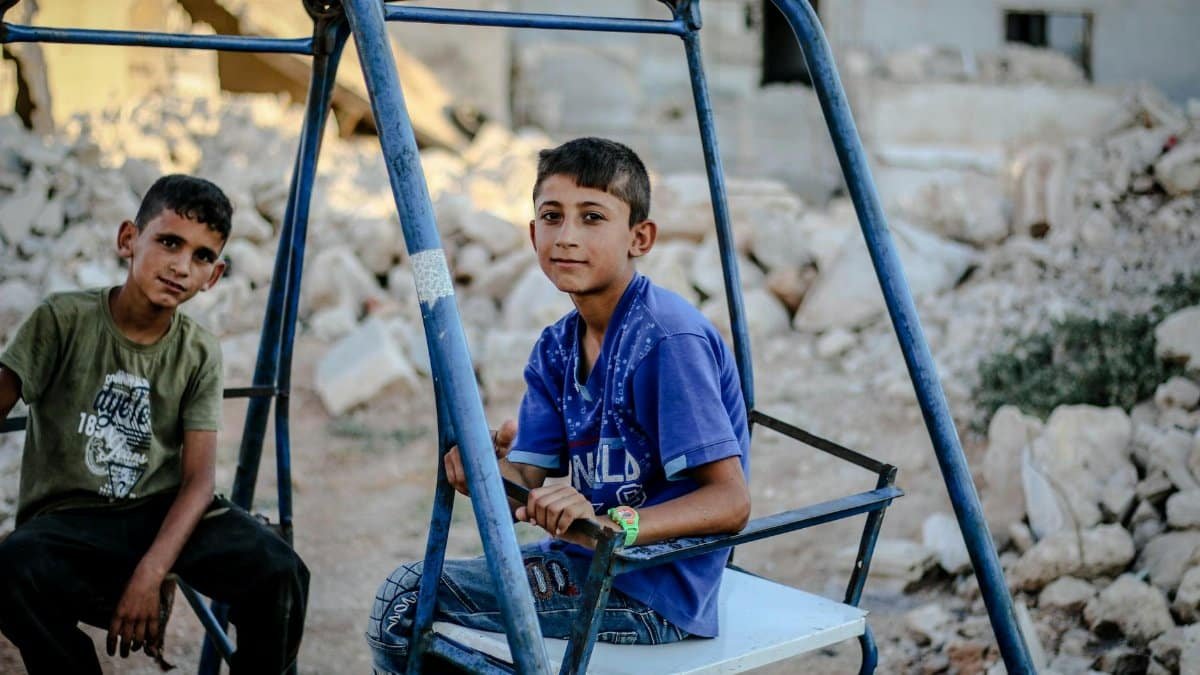Simply put, peace resilience is the ability to cultivate and maintain inner calm amid life’s chaos, allowing individuals to rebound stronger from stress and adversity. In a world rife with uncertainty—from economic pressures to personal upheavals—this concept is gaining traction as a vital tool for mental well-being. Experts say building peace resilience isn’t about ignoring problems but facing them with a grounded sense of security. As more Americans grapple with burnout in 2025, embracing this mindset could transform how we navigate daily challenges, leading to healthier, more balanced lives.
Defining Peace Resilience in Everyday Terms

At its core, peace resilience involves developing an internal foundation that withstands external turmoil. It’s not passive acceptance but an active practice of self-regulation. Psychologists describe it as combining emotional intelligence with mindfulness techniques to foster stability. For instance, when faced with job loss or relationship strife, someone with strong peace resilience might pause, assess, and respond thoughtfully rather than react impulsively. This approach draws from cognitive behavioral strategies, helping people reframe negative experiences into opportunities for growth.
Research supports this: A study from the American Psychological Association highlights how resilience training reduces anxiety levels by up to 25% in participants. Building this skill starts with small habits, like daily journaling or breathing exercises, which reinforce a sense of inner safety.
The Science Behind Inner Calm

Neuroscience sheds light on why peace resilience works. When stress hits, the brain’s amygdala triggers fight-or-flight responses, but consistent practices can strengthen the prefrontal cortex, the area responsible for rational thinking. This rewiring promotes a state of equilibrium, even in high-pressure situations.
According to findings from Harvard Medical School, mindfulness-based interventions enhance neural pathways associated with emotional regulation. In practical terms, this means individuals who prioritize peace resilience report lower cortisol levels, the hormone linked to chronic stress. It’s a biological edge that empowers people to feel secure in their own skin, regardless of external noise.
Common Barriers to Building Resilience

Many struggle with peace resilience due to deep-seated habits or past traumas. Perfectionism, for example, often blocks the path, as it fuels constant self-criticism and prevents true acceptance. External factors like social media overload amplify feelings of inadequacy, making inner peace feel elusive.
Therapists note that unresolved grief or anxiety disorders can sabotage efforts. Overcoming these requires acknowledging vulnerabilities without judgment. Programs from organizations like the National Institute of Mental Health emphasize gradual exposure to discomfort, helping individuals dismantle these barriers step by step.
Practical Steps to Cultivate Inner Peace

Starting small is key. Begin with five minutes of meditation daily to anchor yourself in the present. Incorporate gratitude practices, listing three positives each evening to shift focus from chaos to stability.
Physical activity also plays a role; regular exercise releases endorphins that bolster emotional fortitude. Experts recommend setting boundaries, like limiting screen time, to protect mental space. Over time, these actions build a resilient core, enabling you to weather life’s storms with composure.
Impact on Relationships and Community

Peace resilience extends beyond the individual, influencing how we connect with others. When people feel secure internally, they’re less likely to project insecurities onto relationships, fostering healthier dynamics. In families, this might mean resolving conflicts calmly rather than escalating arguments.
On a broader scale, communities benefit too. U.S. trends in 2025 show rising interest in group mindfulness sessions, which promote collective resilience. Studies from Pew Research Center indicate that such practices reduce societal tensions, creating more empathetic environments. Pew Research Center Social Trends
Real-World Examples of Transformation

Take John M., a New York executive who hit burnout after years of high-stakes work. By adopting peace resilience techniques, like guided imagery and therapy, he regained control. “It was like flipping a switch,” he shared in a recent interview. His productivity soared, and personal relationships improved.
Similarly, community programs in California have helped veterans build this skill, leading to lower PTSD rates. These stories underscore the tangible benefits, proving that allowing yourself to feel peace can spark profound change.
Long-Term Benefits for Mental Health

Embracing peace resilience yields lasting rewards. Over time, it lowers the risk of depression and enhances overall life satisfaction. Data from the Centers for Disease Control and Prevention shows resilient individuals are 30% less likely to experience severe mental health episodes.
In 2025, with rising awareness, more workplaces are integrating resilience training into wellness programs. This shift not only boosts employee morale but also cuts healthcare costs. Ultimately, it’s about creating a sustainable sense of well-being that endures through ups and downs. CDC Mental Health Resources
Overcoming Skepticism and Getting Started

Skeptics often dismiss peace resilience as fluffy self-help, but evidence proves otherwise. It’s grounded in proven psychology, not wishful thinking. To begin, assess your current stress levels and identify triggers. Seek resources like apps or books on mindfulness.
Professional guidance can accelerate progress; therapists trained in resilience offer tailored strategies. Remember, the goal is progress, not perfection. By committing to this path, you open the door to a more peaceful existence, one resilient step at a time.
